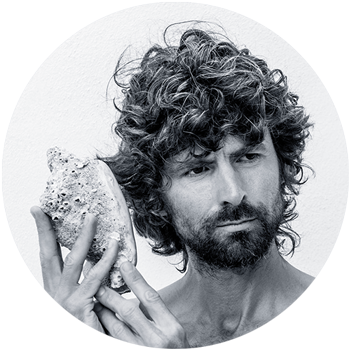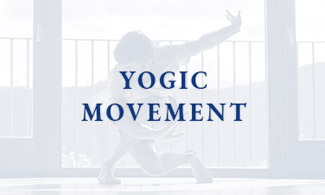
Yoga and Sport (Part One)
Haṭha yoga and sport
It is important to remember that haṭha yoga is not merely a sport.
However, as we shall see, it can perhaps be very helpful to consider yoga as a sport, and sport can help us understand what yoga is and how to work with it effectively.
Etymologically, sport is related to the word ‘disport’, which originally had the sense of ‘to carry’ and to ‘export’ which had the sense it still carries of ‘to carry away’.
Sport then, can be seen as a means of diversion, to ‘export oneself’ from the day-to-day.
Sport, Yoga, escape and remembering
Some people play sports as an escape, a way to ‘lose themselves’ and forget about the stresses and worries of the day. These days, many people experience a similar pleasure when attending a yoga class. Flowing, dynamic, vigourous classes are often particularly appreciated by class-goers for their capacity to invite the participant to forget about work, ‘get out of their head’ and sweat away some of their cares.
Nothing wrong with this, but isn’t yoga more than a bit of momentary diversion?
Yes, it is. To illustrate, let us consider how ‘sport’ can become yoga.
If we accept that sport has been invented for the sake of fun, for the sake of enjoyment, for the sake of exporting oneself out of a world of cares, worries and burdens, into one of greater freedom and exhilaration, it is perhaps not surprising that when people really get into a sporting activity it can sometimes allow the person to experience yoga. From a certain perspective, yoga too is also about exporting oneself from a state of being pressed down by worry: weighed down by the burden of the past and inhibited by anxiety about the future. Yoga is about accessing the spaciousness of true presence. Yoga practice is about training ourselves in ways that foster our capacity for greater presence: developing patterns of behaving, interacting and relating that allow us to be more fully present in each unfolding moment. Yoga then is not merely an escape, or a diversion, but a means to be able to be more fully here, present and easeful, in the reality of our lives: to become the player rather than the ball getting whacked about, up and down, and all over the place.
If someone is playing a sport and really gets into it, this can invite a cohesive concentration of the whole system. The person’s mental, sensing and physical powers all become oriented towards and focused on the same task, whether it’s hitting the ball, coinciding/avoiding/moving in the ways necessary for the particular demands of that sport. When the player really gets into ‘the zone’, into a focused, integrated state, it can bring forth a ‘high’, a state in which perception becomes clearer, finer, subtler, broader, in which our normal capacities are superseded and we flow in a type of symphonic harmony with the broader situation.
This flow is a type of samādhi, yogic integration
This ‘zone’ is a realm of yogic – integrated cohesive expansive – experience.
Sport can thus be a type of tantra.
Any activity that yokes the powers of mind, sense powers, body, emotions and sense of self can be a tantra.
But yoga is more than just sport – Yoga is more than any of the particular tantra-s, means or technologies which can facilitate an experience or deepening of it.
The way of yoga is a broad and inclusive one. A basic practice is to do whatever we are doing with all of ourselves. When we allow this, we often access more of our innate capacities. As we have mentioned, full engagement in a sporting pursuit can lead to a transcendent state, it can ‘change our mind’, elevate our awareness and alert us to subtler realms and capacities.
The flow state, the zone, certain stages of samādhi or yogic integration: these types of ‘high’, ‘expansive’, ‘cleansing’, ‘refreshing’, ‘revelatory’ and ‘soothing’ experiences can certainly be accessed or experienced through sports.
Indeed, we might even consider that the essence of sport, and the reason that these different games were invented, could actually be the deeper longing of the human to export him or herself from the mundane, boxed-in, confined, quotidian realm to a transcendent, expansive plane of experience. Who knows? Perhaps this is the real root of so many of our games. Perhaps sport, like dance and performance arts, really has its roots in sacred ceremony. Perhaps it is really a somewhat devolved and in some cases corrupted and demeaned form of ancient sacred practice. Perhaps it was really developed out of a deep understanding of our need to draw on and celebrate the powers with which spirit expresses itself and moves through us. Whatever its origins, wholehearted engagement in sport can be a practical, yogic means to remind ourselves of our place in the broader scheme of things, to celebrate Life and reaffirm our connection to all of it.

James Boag | Whole Life Yoga
The yoga of the whole human being. Practical philosophy, storytelling, movement, inquiry, looking in ways that reach beyond our habitual ways of looking.
Listen to James’ unique whole life yoga perspectives on the WHOLE LIFE YOGA podcast.











